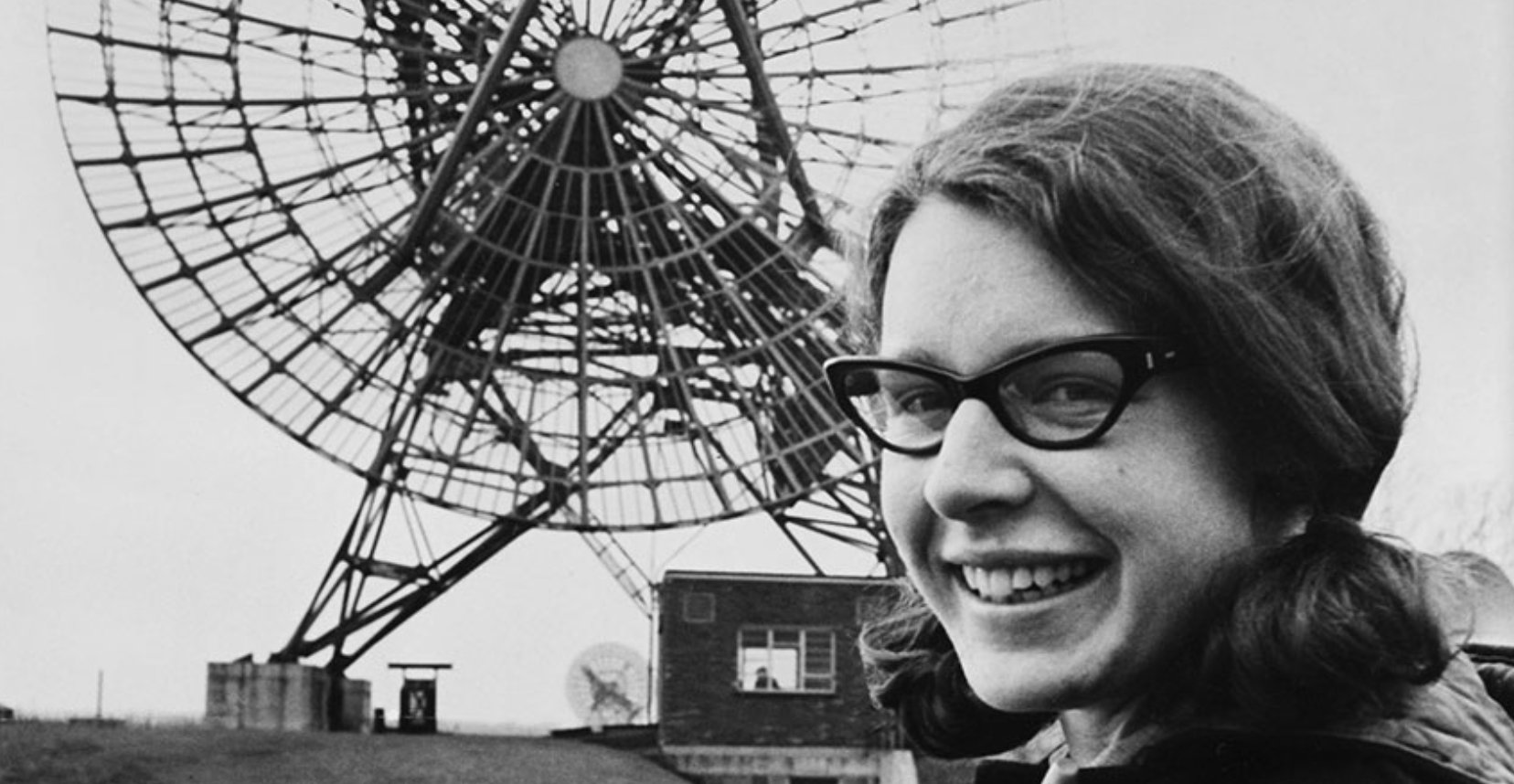
Genius comes in many forms. The skill to play a perfect sonata. A gift for weaving vibrant portraits out of words. But, sometimes, genius is in the details. Noticing one of these things isn’t like the others, that one of these things doesn’t belong.
At just 24 years old when she was a Ph.D. student at Cambridge, Bell Burnell discovered pulsars. Part of her research duties were to review printouts from a radio telescope. These reams of paper could be 96 feet long, and Bell Burnell reviewed them every night.
She noticed a pattern, a series of regular radio pulses where they should not exist. She and her team at Cambridge studied these pulses, ruled out any human-made explanations, and discovered the pulses emanated from a quickly spinning neutron star. They named these stars “pulsars.”
What is a pulsar?
A pulsar is a neutron star that emits beams of radiation that sweep through Earth’s line of sight. The “pulses” of high-energy radiation we see from a pulsar are due to a misalignment of the neutron star’s rotation axis and its magnetic axis.
Neutron stars have very intense magnetic fields, about a trillion times stronger than Earth’s own field. However, the axis of the magnetic field is not aligned with the neutron star’s rotation axis. The combination of this strong magnetic field and the rapid rotation of the neutron star produces extremely powerful electric fields, with electric potential in excess of 1 trillion volts.
To put this power into perspective: A single cubic meter of the magnetic field in the Crab pulsar contains more energy than humans have been able to generate, to date.
Electrons are accelerated to high velocities by these strong electric fields. These high-energy electrons produce radiation in two ways, including the radio emissions Bell Burnell observed in 1967.
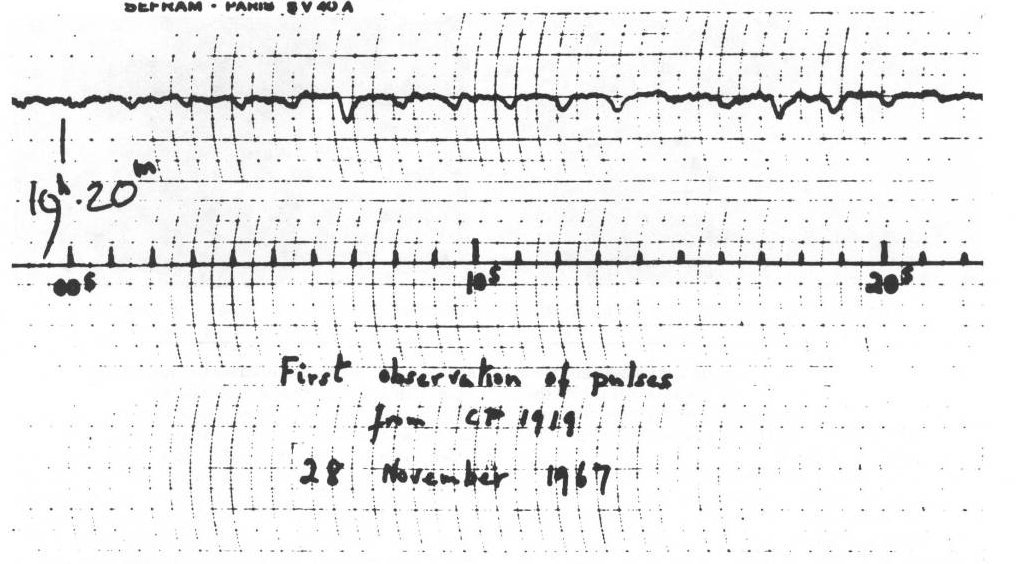
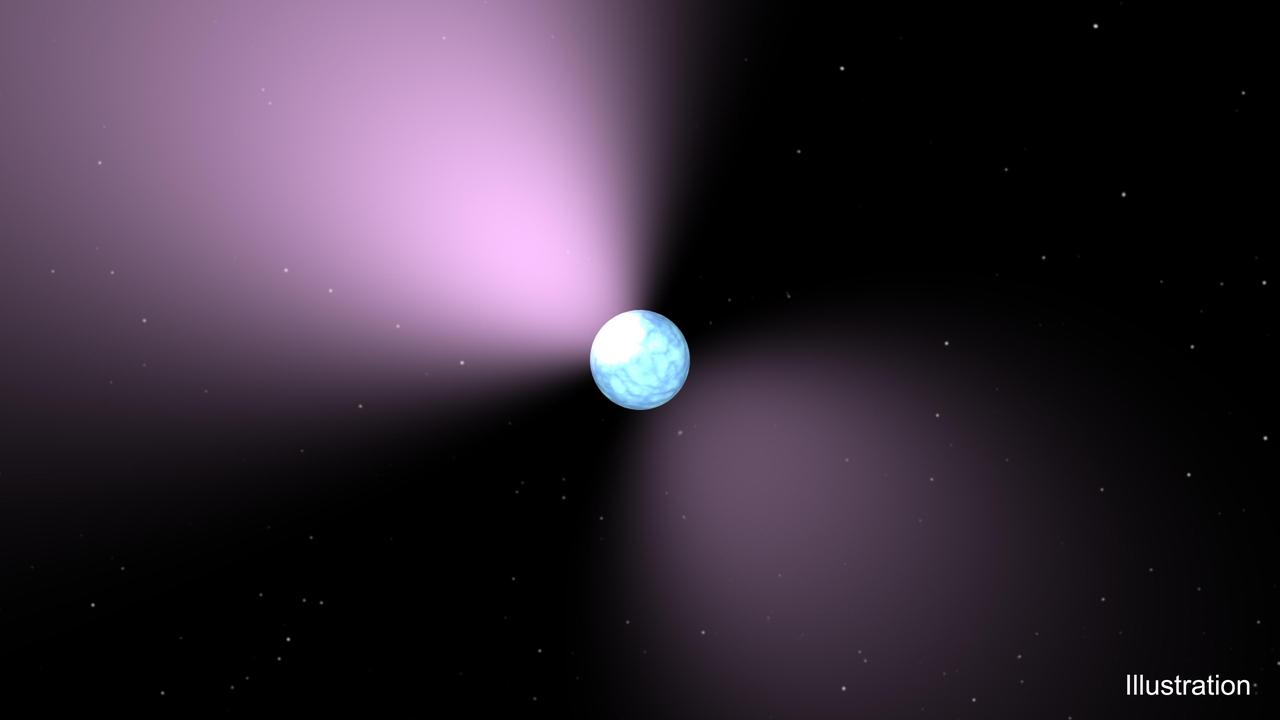
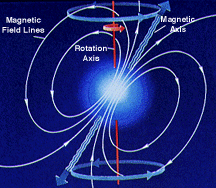
An Ig-Nobel outcome
History and society are often unfair. That was especially true for women in 1974, when Bell Burnell’s thesis advisor, Anthony Hewitt, was awarded the Nobel Prize in Physics for “discovering pulsars.” Even now, if you Google “who discovered pulsars?,” it is Hewitt’s name that pops up, not the diligent grad student who realized the meaning of those squiggles on a printout.
A measure of recompense found Bell Burnell in 2018, when she was awarded the Special Breakthrough Prize in Fundamental Physics. Bell Burnell then turned around and donated the entire £2.3 million prize to fund a graduate scholarship fund to support female, minority, and refugee students seeking to become physics researchers.
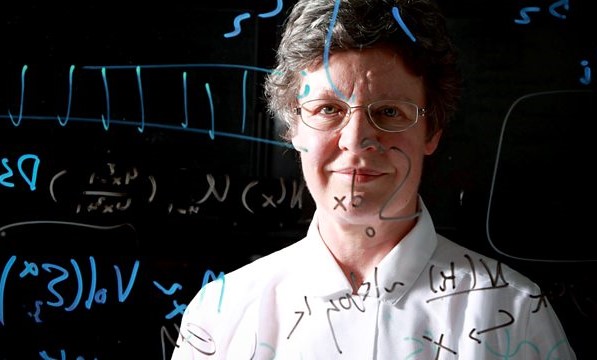
A distinguished career
Bell Burnell went on to have a long career, teaching at the University of Southampton, University College London, Open University and Oxford, while also working at the Royal Observatory and serving as dean of science at the University of Bath.
Her contributions may not have been recognized in 1974, but now we can celebrate her as a wonderful role model for anyone interested in a career in science.
As the saying should go, sometimes the genius is in the details. Jocelyn Bell Burnell is proof of that.








